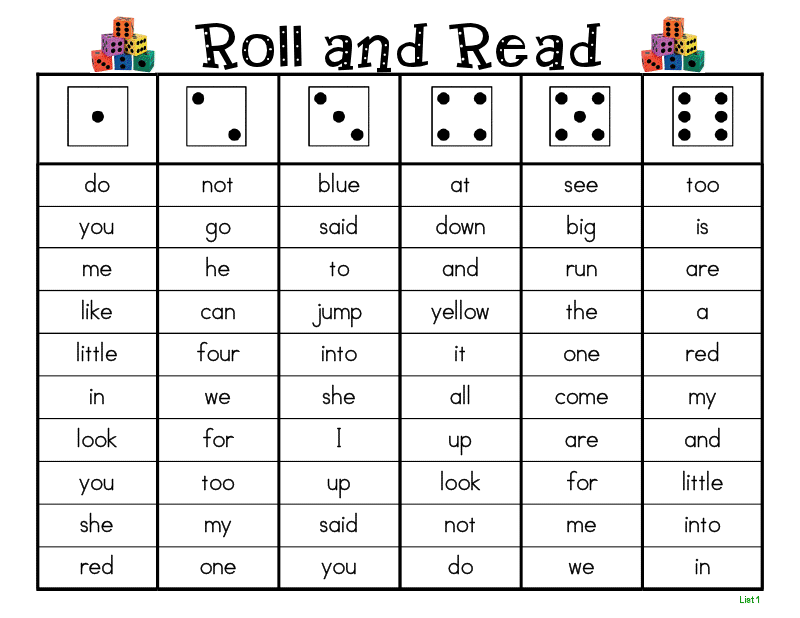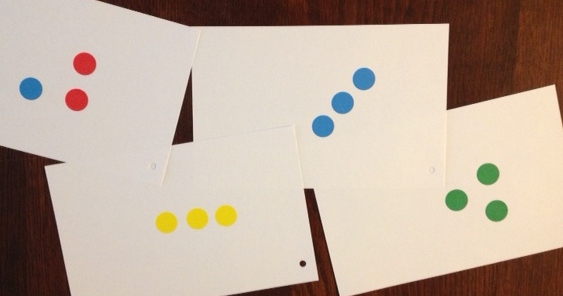Friday Two Cents: A Problem Solving Model
February 8, 2019 Leave a comment

In it there are four levels to achieve your goal to solve a problem. The great thing is that you can use this problem-solving model not just for mathematical problems but also other problems in you may face in your life. Here is my break down of the model…
A couple of weeks ago I wrote several posts about resolutions and making plans to help you beat the winter blues. I have always thought that planning out things helps to solve the problems that I face on a daily basis, yet I have wanted something tangible that I can see in black and white to help me explain it to others. I did find such a piece when I took a mathematics additional qualification course a couple of years ago. It was in the Ontario curriculum, Grades 1–8: Mathematics (revised) document of all places. It is on page 13, figure 1: Problem Solving Model.

This stage should be self-evident. I cannot tell you how many times I would have students come up to me and say, “I don’t get it.” Then I would ask, “Did you read the question?” Most of them would say ‘Ahhh no.’ ‘READ THE QUESTION’ I would say and then look in the question for the pieces you need to answer it. Others I would rephrase the question to emphasize the important information they may need. Basically what is the question asking of you: what is the problem? The best advise I say to people is talk to someone about the problem so you can see it for different angles, especially after you read it several times.

Is there another situation that you may have seen a similar problem? I tell students don’t try and reinvent the wheel. Or in other words don’t start from scratch look at another situations where you solved a similar problem and try and rework it for this situation. In essence, “Make a Plan”, think of a strategy you used before and use that plan. Tweak the plan to fit your needs.

Put you plan into motion. Draw, write, use objects to help you visualize the plan and then implement it. Use different tools to make you plan work, monitor it and make adjustments when needed. If you planned for something and you don’t need it, don’t use it. Why waste time and energy when you do not need it.

Check you results, go back to the question to make sure that it actually answers it. Does it make sense? You have to go through the process again from the beginning to refine you answer or correct any mistakes you may have seen. Could you get the same result another way, perhaps and easier way? This way you can use that revised plan in the future.
I created this visual to help myself and others try and visualize how to solve a problem. Maybe it will inspire other teachers and students to think more about how any problem can be solved so long as you have the tools and desire to make the effort in trying. Remember what Napoleon Hill once said …
‘Effort only fully releases its reward after a person refuses to quit.’ Napoleon Hill

Ontario Ministry of Education. (2005). The Ontario curriculum, Grades 1–8: Mathematics (revised). Toronto: Queen’s Printer for Ontario. http://www.edu.gov.on.ca/eng/curriculum/elementary/math18curr.pdf












 This has definitely changed my thinking around how I present and instruct math. But it has also helped me to know what I can say to parents about, what people are calling the new way of teaching math. I can help them understand that numbers are ideas, nouns and adjectives. That the numbers are only part of the lesson, that we are helping the students to connect the number to their own life and thereby allow them to carry on this knowledge into their every day life.
This has definitely changed my thinking around how I present and instruct math. But it has also helped me to know what I can say to parents about, what people are calling the new way of teaching math. I can help them understand that numbers are ideas, nouns and adjectives. That the numbers are only part of the lesson, that we are helping the students to connect the number to their own life and thereby allow them to carry on this knowledge into their every day life.



You must be logged in to post a comment.